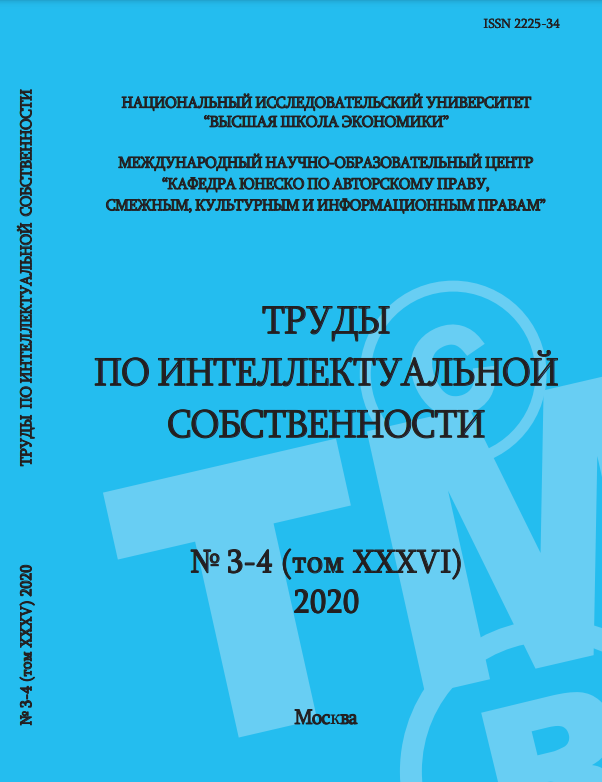NEUROCENSORSHIP AGAINST COGNITIVE FREEDOMS
Abstract
The article discusses new types of censorship using information technology. The main attention is paid to the methods of reading simple thoughts from the "images" (images) of brain reactions using functional magnetic resonance computed tomography. It is noted that in the near future, the development of this technology will lead to the possibility of censoring thoughts. In this regard, the problem of cognitive freedom is discussed. It is indicated that the prospects for overcoming the threshold of the inviolability of the mental sphere not only raises the question of the need to reformulate some constitutional norms on the rights of the individual, but also requires changes in a number of branches of law. The possibilities of information technology are growing rapidly, new ways of violating the private sphere of life are constantly emerging - from violating the legislation on personal data to recognizing faces by the peculiarities of your facial expressions when you show them or other emotions. A wide range of applications is acquired by neural networks as information technology products (the so-called "weak" artificial intelligence). Neural network methods of controlling content pose a potential danger to the media. There are reports of experimental use of neural networks as a filter of fakes and “hate speech”. Roskomnadzor began using neural networks to combat illegal content. The technical implementation of such filtering is no different from the function of neural network censorship, which can be configured for any group of words. However, in the short term, neural networks will yield inefficiency to neuro information technologies for working directly with the human brain. Still, artificial intelligence as a technical means loses to a technical device that has the ability to "peep" into natural intelligence, more precisely, into the human brain. Such a qualitative scientific and technological leap has serious consequences for the law. Theoretically, a complete description of all neurons in the brain and the nature of the connections between them should give a fairly accurate description of the essence of a person, his personality. This hypothetical map of neurons and their connections is called a "connectome". Today, work is already underway on mapping the connectome. With the help of such mapping, they visualize thought processes and have already learned to “read” (more precisely, to interpret) certain reactions. Small achievements are already being used - and this is not surprising - by the police.


